Agile frameworks have seen widespread adoption in organizations worldwide. With the agile adoption rate reaching 86% in 2021 from a mere 37% in 2020, agile frameworks such as Scrum, SAFe, LeSS, and XP have found popularity.
Here’s a blog post detailing the reasons for Agile’s popularity in the business world but before that let’s do a quick revision of Agile.
Table of Contents
What is Agile?
Agile is a time-boxed agile project management methodology that uses an iterative approach while building software in increments from the start till the completion of the project.
It breaks down the larger project into smaller chunks and works on building the requirements in timeboxed iterations which usually last two to four weeks.
Agile Adoption Statistics
Here are a few interesting statistics on Agile Adoption challenges-
- 46% reported inconsistent processes and practices
- 43% cited cultural clashes
- 42% stated general organizational resistance to change
- 42% remarked lack of skills and experience
Reasons for Agile’s popularity
The reasons for the popularity of Agile also double up as its benefits.
1. Excellent quality
In Agile, product features are built in increments. The project is broken down into smaller chunks to enable superior quality development, testing, and collaboration.
After a feature is built, testing is performed to check quality. Clients also participate in the development process with their feedback taken regularly. This ensures that the final product meets their expectations. Since regular testing is performed, many defects are identified before the final product is built.
2. Minimize Technical Debt
Technical Debt are the maintenance tasks required to assist the current product.
Defect resolution, refactoring, and testing come under maintenance tasks. Agile is a proven solution to reduce technical debt. If any features, maintenance tasks, or bugs need to be fixed, they are added to the product backlog.
Before a new sprint begins, the team reviews the product backlog to find the important feature to be added.
3. Faster Time to Market
Since, Agile methodology focuses on a working product, you gain when you launch your product as it becomes a minimum viable product (MVP).
This gives the first mover advantage in a few instances.
4. Constant delivery and Improvement
Working on self-improvement and trying to achieve perfection is one of the twelve agile principles. Since Agile is an iterative process, every sprint is an improvement of the last and no mistakes are repeated.
Agile concentrates on continuous delivery and improvement. Team members can freely communicate and collaborate to share mutual learnings.
5. Customer Satisfaction
Customer satisfaction is always the prime goal in Agile Methodology. Customers are involved in the development of the product. This makes sure that their feedback is taken regularly and implemented.
In Waterfall, the customer’s participation is limited to the planning phase of the project. Agile mandates the client participation in the entire development process and the end product is as per their liking.
6. User focused testing
All products are developed using user stories. User stories are a description of the software features from the point of view of the customers.
Large tasks are called Epics. These Epics are split into user stories. The user stories are then broken into tasks and sub-tasks. This supports them by building small portions of a large project easily.
7. Improved Project Predictability
With a timeboxed and iterative approach, the project predictability is easy. Agile makes timely delivery of the projects feasible with early diagnosis of risks and defects.
Author Bio:
Naveen Kumar Singh is an Agile Coach and a Professional Scrum Trainer (PST), facilitates Scrum Master Training, Scrum Developer, Product Owner, Agile, Kanban, and LeSS Practitioners as well as provides agile technical workshops. Naveen is active in the agile community and participates in major events as a speaker and volunteer. He has also presented papers in Global Scrum Gatherings as well as in many other Scrum Alliance conferences and meet-ups.








